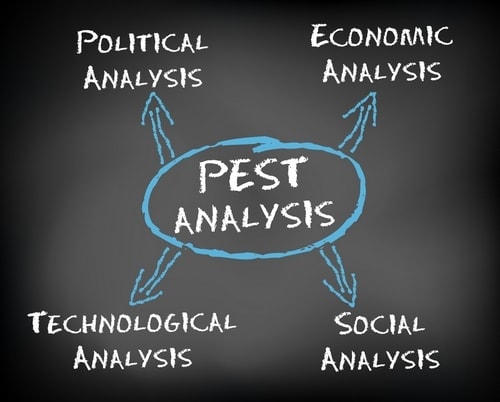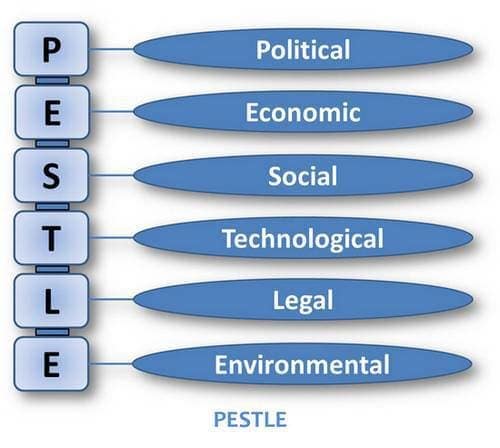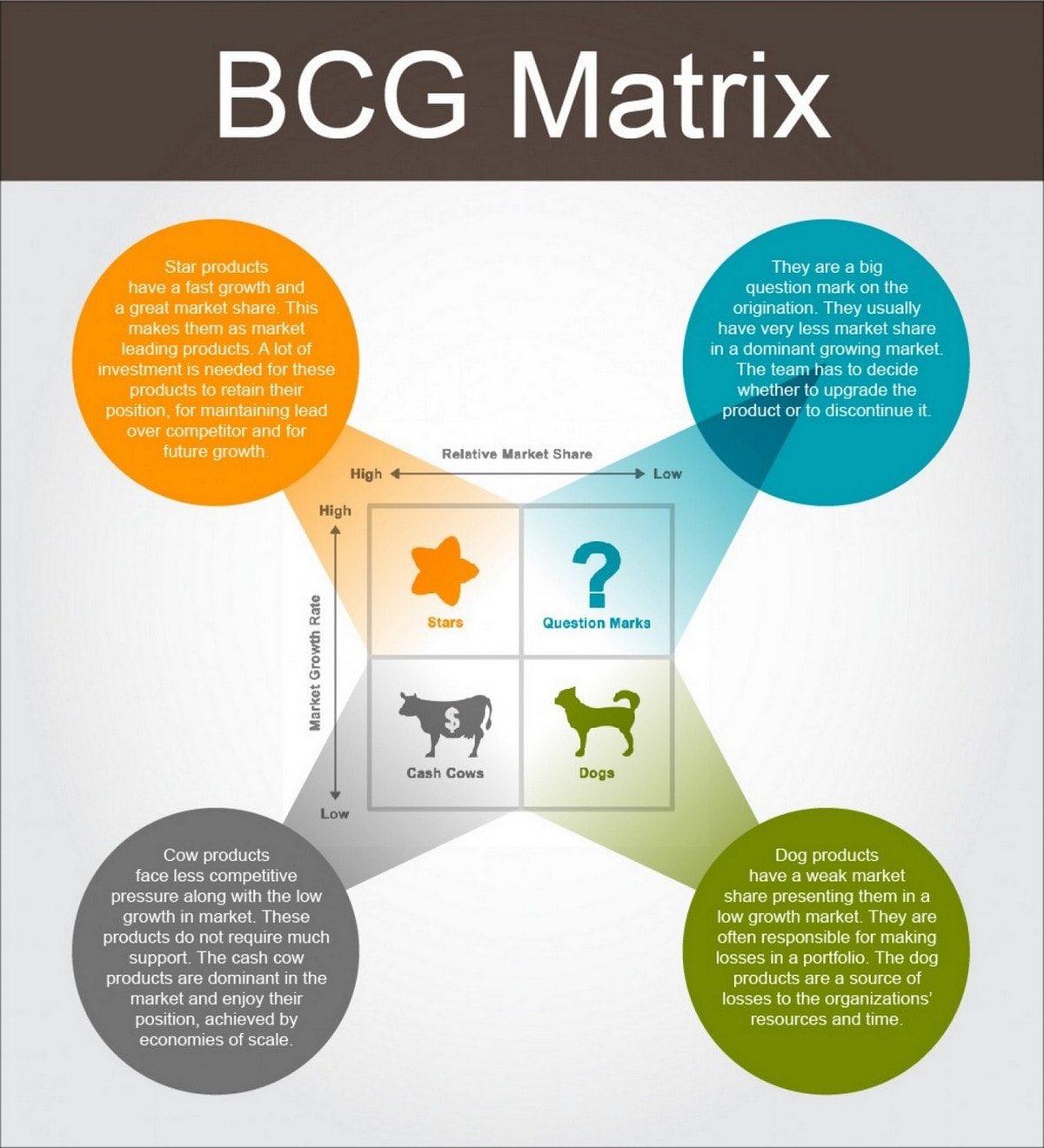
Marketing Strategy of Nestle - Nestle Marketing Strategy
Marketing Strategy of Nestle – Nestle Marketing Strategy
Nestle is one of the largest company in food processing industry in terms of revenue & profitability. It is fortune 500 company which is serving different customer segment all over the world and have the market capitalization of the US $250 billion (may 2015 data).The leading health, Nutrition & wellness company is taking care of the needs & wants of their consumers and their families all around the world so as to help them to live a healthier lifestyle.
Table of Contents
Segmentation, targeting, positioning in the Marketing strategy of Nestle –
The world’s leading FMCG Company is using different strategies in different markets. It uses demographic, geographic & behavioural segmentation strategies to cater to the changing needs of the most competitive industry.
Differentiated targeting strategy is what helping the company in targeting the homogeneous set of customers (i.e. customers with similar needs) with their bundle of products.
It uses a mix of value-based & product based positioning strategies depending upon the kind of product they are branding & the market in which it is selling the products.
Marketing mix – Here is the Marketing mix of Nestle.
SWOT analysis – Here is the SWOT analysis of Nestle.
Mission – “To provide consumers with the best testing, most nutritious choices in the wide range of food & beverage categories and eating occasions, from morning to night.”
Vision – “Not Available”
Tagline – “Good food, Good life”.
Competitive advantage in the Marketing strategy of Nestle –
Being present in 190+ countries is helping the company in cross-cultural exposure and in understanding the needs.
With such a broad brand portfolio company is leading in most of the markets worldwide. The broad product portfolio is helping the company in maintaining a high share of wallet of customers.
Nestle have strong research & development network in FMCG and wellness industry with 5000+ Scientists and researchers across the world.
BCG Matrix in the Marketing strategy of Nestle –
Nestle have 7 business verticals offering health, nutrition and wellness products.
Its dairy products, powdered & liquid beverages, bakeries& cookies and confectionary business verticals are stars due to nestle having a strong hold in these businesses with large product length.
It’s pet care, Water business vertical is a question mark in the BCG matrix due to the presence of a large number of local & national players in the segment.
Distribution strategy in the Marketing strategy of Nestle –
With it’s diversified and broad product portfolio, Nestle has been able to make its product available to the end consumer through its extensive network of distribution. Developing nations have been the biggest opportunity for a company like Nestle as there is challenges & opportunity in penetrating the market. Nestle uses multi-channel strategy to distribute its products.
Brand equity in the Marketing strategy of Nestle –
Nestle is Fortune 500 company and it does individual branding of their brands which help it in creating high visibility & awareness.
Negative branding also worked in favour of the company when some of the countries banned Maggi Noodles due to the presence of lead content which later on resolved and the banned was uplifted.
Competitive analysis in the Marketing strategy of Nestle –
The health, Nutrition & wellness market is highly competitive and is overcrowded with local & international players. Also, nestle is facing competition from pharmaceuticals companies.
Market analysis in the Marketing strategy of Nestle –
With a large number of players fighting in the same market, penetration to the untapped market is what driving the industry to further growth. Nestle have few product categories which are not that popular and are facing tough competition from the rivals.
Customer analysis in the Marketing strategy of Nestle –
With such a wide range of products in different categories, Nestle serves different pocket size too. Being a global company it caters to the changing needs of the population of a particular nation aptly & competitively.










